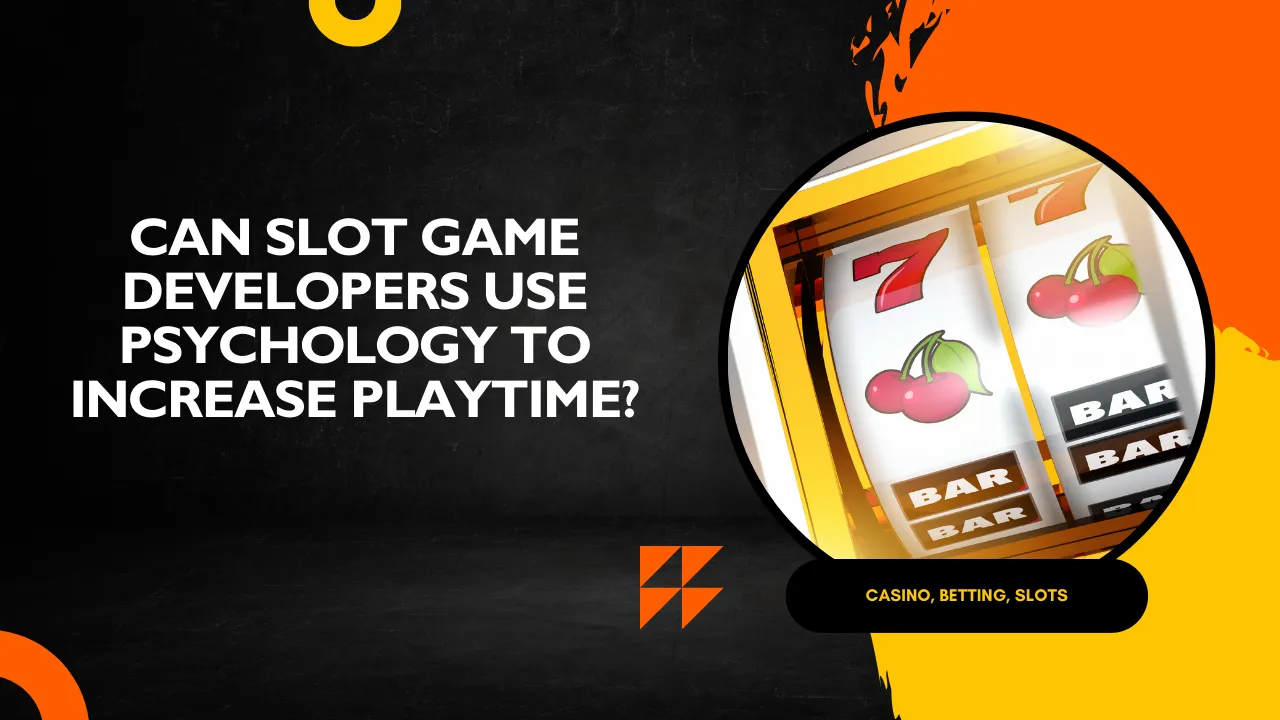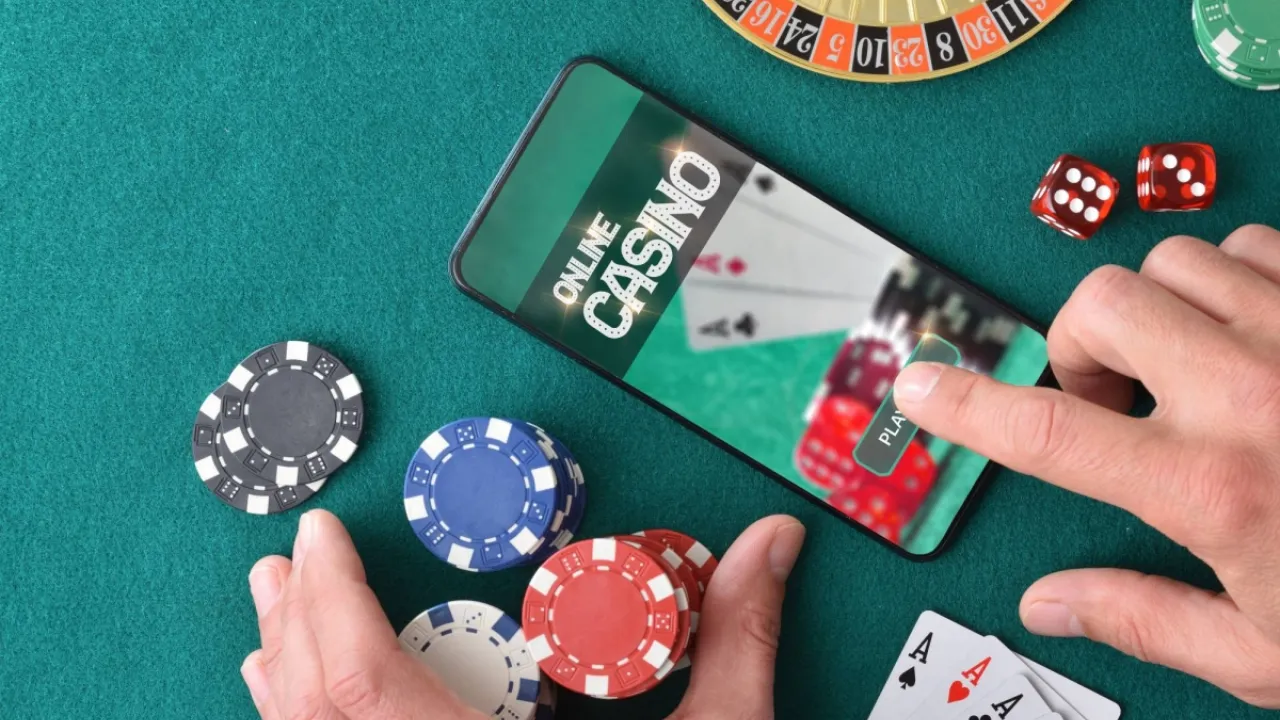Slot games have always carried a reputation for being simple, fast-paced, and exciting, but what many players don’t realize is that these games are carefully crafted to keep them engaged for longer than they might expect. The design of slots goes far beyond flashing lights and spinning reels — it leans heavily on psychology, behavioral science, and reward mechanics.
From my own experience exploring the gambling industry, it’s clear that developers don’t just rely on chance to keep players entertained. They actively design experiences that trigger psychological responses, leading to longer play sessions and, ultimately, higher revenues. But how exactly does psychology shape the slot games we see today, and is it ethical?
The Science of Reward and Reinforcement
At the heart of slot game design lies the principle of reinforcement. Psychologists like B.F. Skinner studied how variable rewards can influence behavior, and slot machines are perhaps the most effective real-world application of this principle. Players don’t win every spin, but the unpredictable nature of the rewards keeps them hooked.
This is known as a variable ratio reinforcement schedule, and it’s the same mechanism that underpins why people scroll endlessly through social media feeds or check email constantly. The uncertainty of “maybe the next one will be the winner” drives persistence.
For developers, mastering this reinforcement loop is crucial. Online platforms, including new betting sites, often employ these same psychological principles to keep players active. By combining digital convenience with variable rewards, they create an experience where players are always anticipating the next exciting outcome.
Visual and Audio Triggers
Slot machines have evolved from mechanical levers to highly sophisticated digital platforms. Along with that evolution came new ways to appeal to the senses. Developers use vibrant graphics, celebratory animations, and carefully designed soundscapes to amplify the thrill of winning and soften the blow of losing.
Even small wins often come with big celebratory sounds, making the player feel more rewarded than they actually are. In many cases, the value of the win might be less than the cost of the spin, but the psychological reinforcement tricks the brain into perceiving it as progress.
These cues also tap into the concept of “losses disguised as wins,” keeping players spinning longer than they might if the machine simply displayed the raw numbers. By shaping perception, developers extend playtime without players always being fully aware of it.
The Illusion of Control
Another psychological tactic used in slot games is the illusion of control. Players are often allowed to choose paylines, adjust bet sizes, or stop the reels early, even though these actions don’t actually influence the outcome of the game.
By giving the impression that their decisions matter, developers create a sense of agency. This illusion makes the experience feel more interactive, which in turn enhances engagement. For many players, the belief that they can “time” the reels or find patterns keeps them playing much longer than they might otherwise.
Near Misses and Emotional Hooks
Few design features in slot games are as effective as the “near miss.” When two jackpot symbols appear on the reels and the third just misses the winning line, players experience a surge of excitement and frustration simultaneously.
Research shows that near misses activate the brain’s reward pathways almost as strongly as actual wins. This trick of psychology convinces players that they were “so close” and encourages them to continue playing in pursuit of the elusive jackpot.
These near-miss events are not accidental; they are carefully programmed into the algorithms of slot machines. The psychological pull of almost winning is one of the strongest motivators for extended playtime.
Time-on-Device as a Key Metric
For developers and operators alike, one of the most important measures of success is “time-on-device.” The longer a player stays engaged, the more opportunities there are for wagers and profits.
To increase this metric, developers introduce features like free spins, bonus rounds, and progressive jackpots. These elements give players a sense of progression and variety, breaking up the monotony of spinning reels and providing extra chances to win.
Gamification strategies, such as unlocking achievements or climbing loyalty tiers, further enhance engagement. In many ways, these techniques borrow from video game design, blending entertainment with psychology to maximize playtime.
Ethical Considerations and Responsible Gaming
While these psychological strategies are effective, they raise important ethical questions. At what point does game design cross the line from entertainment into manipulation? Regulators in many jurisdictions are already paying close attention to how slot games are developed, ensuring that fairness and responsible gaming measures are built into the experience.
Features like spending limits, session reminders, and voluntary exclusion programs are becoming increasingly common. Some developers even provide transparent statistics about win rates and payout percentages, helping players make informed decisions.
The challenge lies in balancing the excitement that makes slot games fun with safeguards that prevent harmful behaviors. Developers who fail to prioritize responsible gaming risk not only regulatory backlash but also the trust of their players.
The Future of Psychology in Slot Game Design
As technology advances, the role of psychology in slot development is likely to grow even further. Artificial intelligence, for example, can be used to tailor experiences in real time, adjusting difficulty or rewards based on individual player behavior. Virtual reality slots, already in early stages, add another layer of immersion, making psychological engagement even more powerful.
However, with these advancements comes a greater responsibility. Developers must ensure that the same tools used to increase playtime are also used to promote healthy gaming habits. Transparency, fairness, and ethical practices will be critical to the future of the industry.
Conclusion
Slot game developers undeniably use psychology to increase playtime, from variable rewards and sensory triggers to illusions of control and near misses. These techniques are highly effective at keeping players engaged, but they also come with significant ethical responsibilities.
For players, understanding these psychological strategies can lead to more informed choices about how they spend their time and money. For developers, the challenge will always be to strike a balance between creating engaging experiences and supporting responsible gaming.
Ultimately, psychology is both the magic and the minefield of slot game design. Used responsibly, it can enhance entertainment. Used recklessly, it risks undermining the very trust that keeps players coming back.





